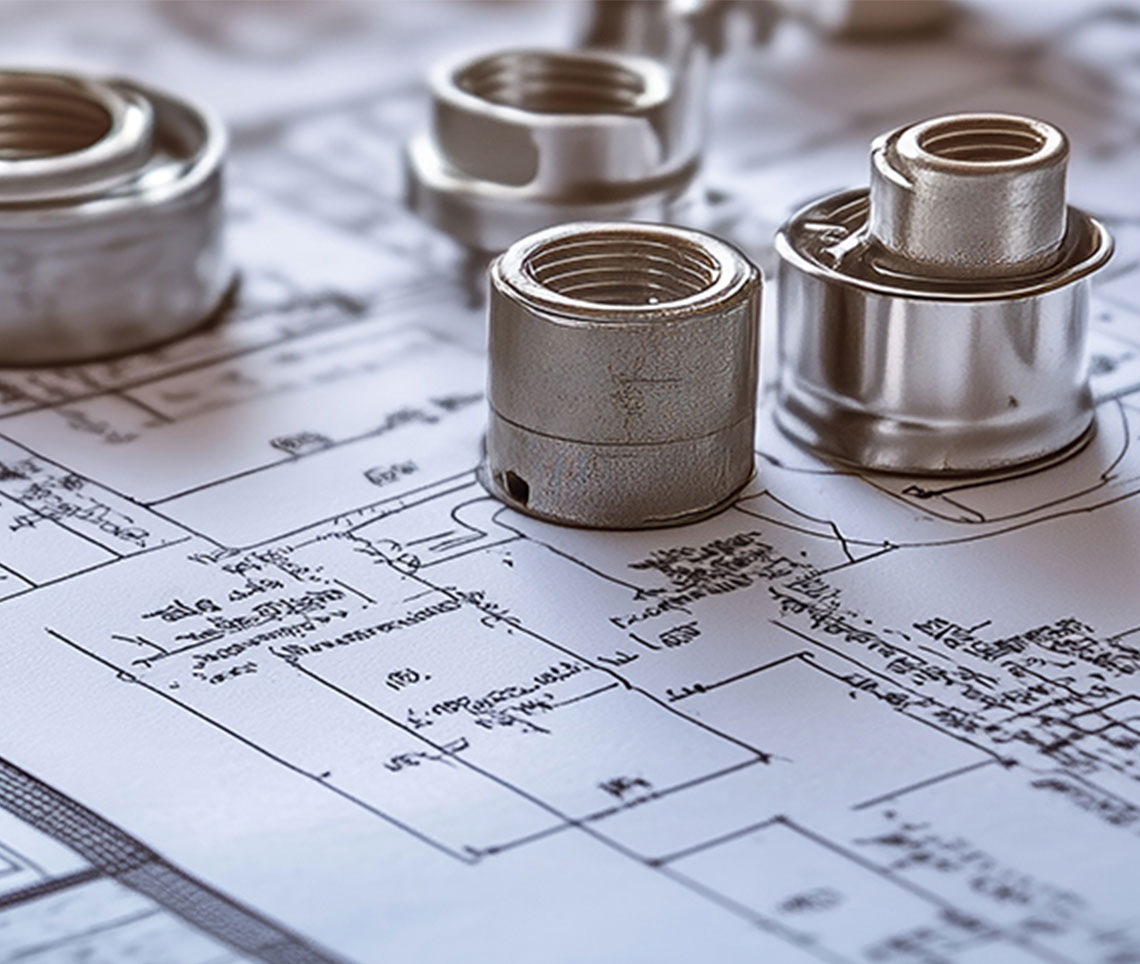How To Test A Flame Rod
November 10, 2020 Jeff Rosenblum
Proving flame is an important part of the sequence of operation. There are many ways to “prove flame,” but we will focus on the more traditional flame sensing rod method.
Flame sensing rods, also known as flame rectifier rods or flame rectification rods, are common in today’s gas-fired appliances.
Flame rods are positioned so that one end end of the flame rod is in direct contact with the burner flame and the other end is connected to the furnace ignition board. Once the board sends 24vac to the gas valve to open, it monitors current flow on the flame sensing rod.
It does this by sending a voltage to the flame sensing terminal. When a flame is present a small micro-amp DC current will be present as it makes a path between the rod and the burner by using the ions in the flame as the conductor. This small DC current is sensed by the board and tells the board that flame is present. If it does not sense this micro-amp current within a few seconds it will shut off the gas valve and retry.
The board outputs this voltage on the flame sensing terminal right at the beginning of the sequence of ignition to confirm that the path is open with no flame. This guards against sensing flame when there isn’t one. Once it goes from no current to the rated micro-amp current, the board knows that flame is present.
NOTE: Flame sensing rods are just a bar of metal. They do not generate any voltage. They are oftentimes confused with a thermocouple (used on standing pilot systems) that does generate a small amount of voltage.
Flame sensors fail when:- They short out due to a cracked insulator.
- They fail open because they are broken.
- They don’t conduct because they are not properly placed in the flame.
- They become dirty.
- Ensure the furnace is properly grounded. You can do this by powering down the furnace and taking an ohm reading between neutral and the burner assembly/manifold. You should read a few ohms of resistance max, the lower the ohm reading the better grounded it is.
- Make sure your polarity is correct, hot (L1) connected to hot, neutral (N) to neutral.
- Ensure the rod is positioned so it will be covered by the flame.
- Check the manufacturer’s instructions since many boards have test pads that read in dc volts, a light to indicate low flame response or a display showing flame response.
- Get a meter that reads in micro-amps. Use a good quality meter for this and make sure your leads are in the correct locations.
- Connect your leads in series. This means you have to disconnect the wire from the rod, connect one meter lead to the rod and the other to the wire you removed from the rod.
- When the burners ignite you should read between .5 and 10 micro-amps depending of the furnace. Readings between 2 - 6 are most common. However, check the manufacturer’s specs.
- Check that the flame rod and wire are not open. Check resistance from the end of the wire to the tip of the rod. If the rod/wire is open it has failed.
- Check the insulator and make sure it isn’t cracked
- Check for proper burner grounding and power polarity (as previously mentioned)
- Clean the rod. I recommend using a very fine steel-wool. Remove the rod to clean it and ensure you wipe it clean after cleaning.
- Once you have made all of the above checks and you still do not have sufficient micro-amp reading, then the board must be replaced.
Jeff Rosenblum
Technical Support
21 Years Industry Experience
Cell (330) 962-2491
[email protected]















